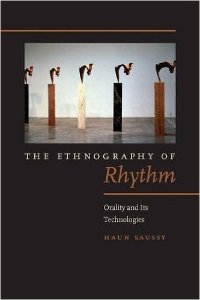To the Society of Jesus, militant defenders of Roman Catholic orthodoxy, a French Jesuit named Marcel Jousse has long been its enfant terrible. A onetime artillery captain who began studying for the order after World War I, white-haired, fiftyish Père Jousse invented and today teaches something he calls Rhyth-mocatechism, or preaching with gestures.
His theory began to evolve when he noticed a distinction between anthropoid and apish mimicry: children can imitate such actions as shaving and shooting without using razors or guns; but apes cannot, or do not. Père Jousse decided that miming and gesturing came before writing; hieroglyphics, he believed, were not ideograms, but mimograms, representations of significant gestures.
From his researches Père Jousse concluded that it was possible to reconstruct not only what Jesus said, but how He said it, from texts in Aramaic—the language which many believe that Jesus spoke, and which Père Jousse believes is admirably fitted for eloquent gesturing. To other Jesuits, his theories smelled of heresy. But Père Jousse argued himself out of trouble, even convinced the late Pope Pius XI, in a personal interview whose words and gestures were not reported, that he was fundamentally orthodox.
War notwithstanding, in Paris last week Père Jousse made ready to resume at the Sorbonne his course in rhythmocatechism. Its title: Les Rhytlimes Formulaires de I’Apocalypse d’Ezdras et le Style Oral Palestinien. Père Jousse’s first enrolée was his good friend and collaborator, a tiny, wrinkled, white-haired spinster, by name Ms Gabrielle Desgrées du Lou. This lady, who must enroll as a student in order to get in the Sorbonne, does Père Jousse’s gestures for him on the platform. While chanting, for example, Jesus’ parable of the houses built on sand and on rock, Ms Desgrées du Lou rolls her eyes, waves her arms, twists and sways like a ballet dancer. When Père Jousse lectures, 200 people watch goggle-eyed: doctors, spiritualists, philologists, ballet students, poets (among them Paul Valery)—and two Jesuit theologians, hawklike for heresies.


